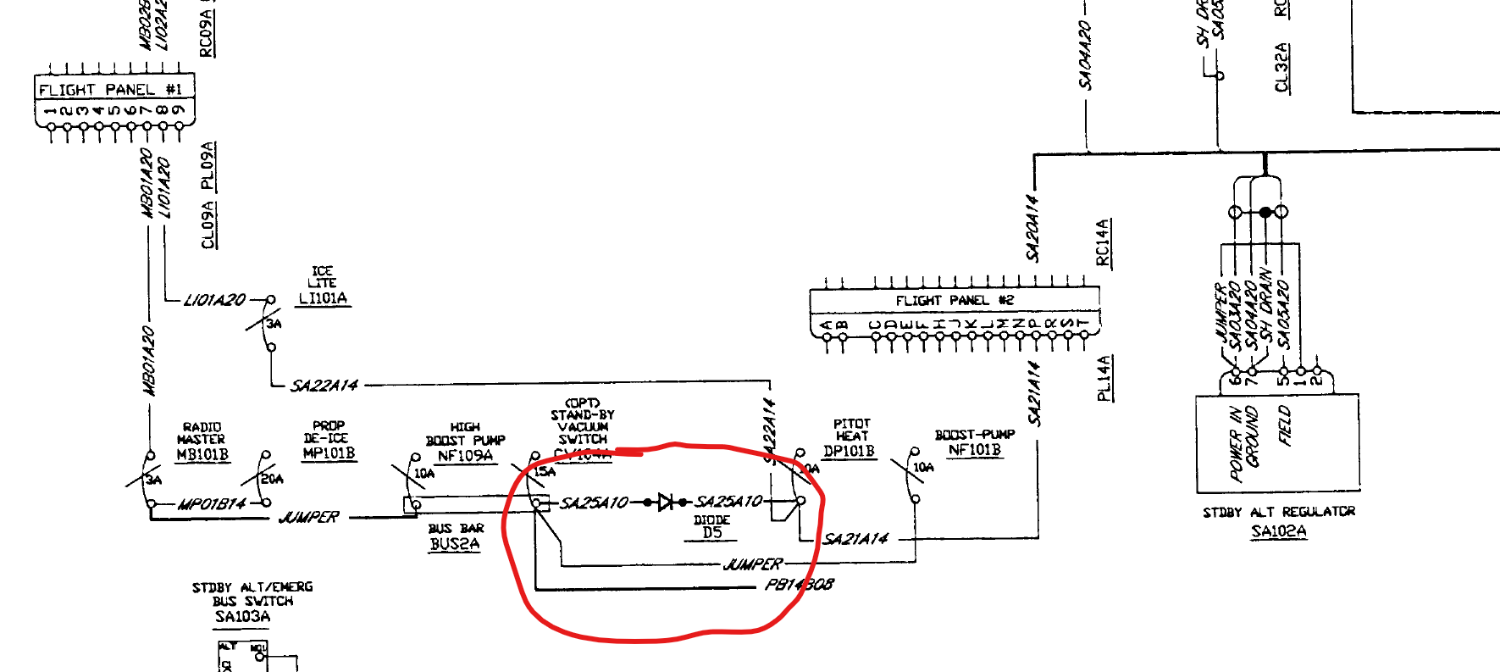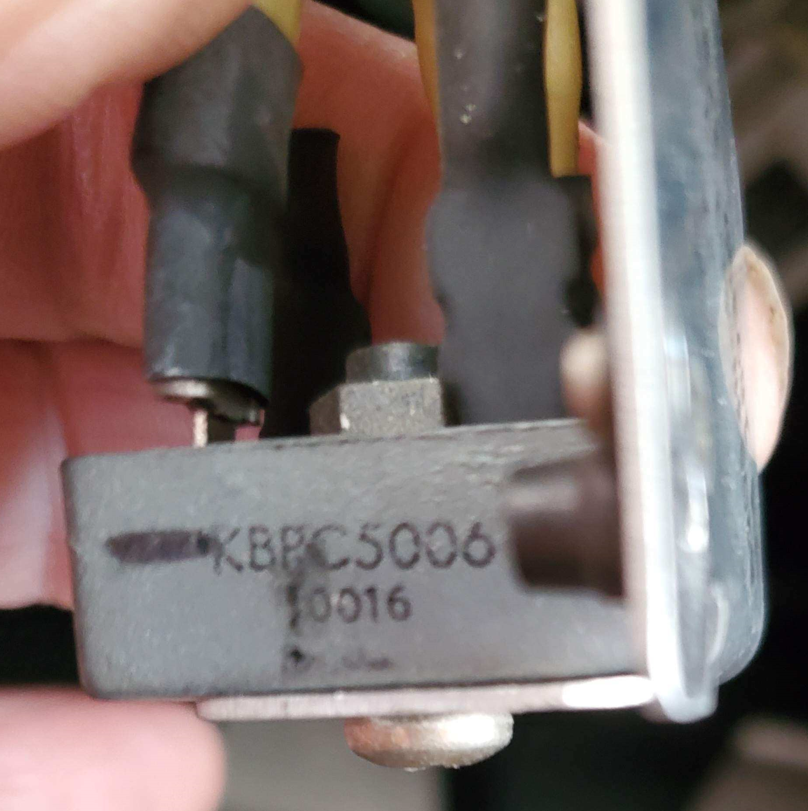
ronr
Verified Member-
Posts
37 -
Joined
-
Last visited
Profile Information
-
Gender
Male
-
Location
KEPM, KASH
-
Reg #
N1004S
-
Model
M20R
Recent Profile Visitors
1,140 profile views
ronr's Achievements
-
Infinity is good and services many small GA aircraft. Leland Aeroservices is also on the field and has been servicing my Mooney (and many others) for many years. They are also busy but John Leland is very knowledgeable as are the other IA/AP's that work for him there.
-
I've had it happen twice. Once at an FBO / radio shop about 40 years ago. I found it after they had moved it and they picked up the tab for my shop to fix it. I happened again a year or two ago. I have no idea how it happened as it did not "appear" that the aircraft had been moved, and I did not check it after it had been parked on the ramp at a particular airport, but a later inspection done because the steering felt squirrely on the ground revealed that the truss was severely bent and cracked. Insurance paid for that one.
-
@N201MKTurbo I don't think you can do that. Internally there are four diodes connected in a ring. But it would interesting to measure the voltage output on the other terminals. Unfortunately, I don't have that information.
- 22 replies
-
- electric heat
- pitot
-
(and 2 more)
Tagged with:
-
ronr started following Pitot Heat Failure troubleshooting and Ovation Pitot Heat System
-
If, when the actual part, not just the bracket, is visualized, it looks like: Then this is my guess -- a part of the standby alternator install:
- 22 replies
-
- electric heat
- pitot
-
(and 2 more)
Tagged with:
-
Old thread but I just discovered the possible answer troubleshooting a pitot heat failure in my Ovation. If yours is the same as mine (and your picture has disappeared, that part is a diode (actually a rectifier used as a diode) and is part of the stand-by alternator install. It ensures that circuits not on the "essentials bus" are unpowered during use of the stand-by alternator. It shows up as Diode D5 on the schematic for the stand-by alternator install. There are several of them added for that purpose in various places.
- 22 replies
-
- electric heat
- pitot
-
(and 2 more)
Tagged with:
-
That was something we actually considered for a short time. Once we reviewed all the schematics (especially those for the stand-by alternator install), the log books and the specs for the KBPC5006, that clearly could not be the case.
-
In a PM from @StevenL757 to me, he mentioned that the item is used as blocking diode for the standby alternator system. It prevents the non-essential bus from being fed by the standby alternator. The schematic for this installation was not available to me in the documentation I had from Mooney, but I was eventually able to locate a schematic for my Ovation serial number. It seems that when running the standby alternator, this diode will block power to adjacent switches to the left of the Pitot Heat breaker switch, none of which are on the essential bus. But under battery power, there should not be any drop in voltage across this diode. Since we measured a significant drop, my assumption is that this diode has failed. A replacement is on order. Thanks to all. Ron
-
That does not explain the absence of increased current draw when testing this on the ground (which has been present for the five years I have owned this a/c on every pre-flight). There is also no mention of this being a requirement in the AFM or in the TKS supplement of this being a requirement for the routine pre-flight testing of the pitot heat. And where is that pre-flight testing procedure documented?
-
I will do that Monday. But I've got the Install manual and diagrams for the TKS system from CAV, and, although it mentions replacing the pitot heat breaker switch with a different one, there is nothing on that diagram indicating that the power to that switch is anything other than a line from the 28 V bus. No sign of any rectifier, diode or anything else in that line.
-
Thanks, Rich. Yes, I know what it is. And your link is arguably the least expensive. But my question is really if the diagrams I have are just lacking that item? Or if it was put in for some other reason. I don't have my logbooks handy so can't refer to them.
-
2003 M20R DX 29-0289 (28V system) with factory installed TKS FIKI system. Yesterday I turned on Pitot heat and the current draw, which usually increases from about -2A to -9A did not budge at all. Troubleshooting today, we found 11.9V at the input to the Pitot Heat Breaker Switch (unexpected in a 28V system) which dropped to 70-80 mv when the switch was turned on. In the line going to the hot side of the Pitot Heat Breaker Switch, we found a "box" which I could not locate on any of the diagrams I have. This appears to be a rectifier according to the part number and appearance. The voltages read about 23.9 V in and 11.7 V out, so it appears to be faulty. But I can't locate this item in the various maintenance manuals I have, nor does it appear on the electrical diagrams I have access to. I'm guessing it is there to block spikes when turning off the pitot heat switch. Is it a standard Mooney part costing hundreds of dollars? Or something I can buy on line (I've seen them for under $5)? Thanks. Ron
-
@carusoam I've looked at that data. And there are no clues on the voltage readout. It is rock steady at 27.7 volts until there is a sudden drop to 23.2V when the breaker pops. Probably a 2 second interval is too long to capture any fluctuations. And that's the minimum interval on my JPI.
-
@carusoam Finally a probable solution. It wasn't a bad field diode; it was a completely absent field diode! Diagnosed by DMax via email, by the way. Reviewing the logs, the previous owner had replaced the stock Continental alternator with a Plane Power unit. A few months later, the ACU was sent out for "repair". I have no idea the reason for the repair, and the shop where it was done did not have access to the work order. My guess is that the diode was removed with the swap and maybe the ACU was sent out for the FB popping, but that is only a guess. The diode was added. The very next landing the FB popped and the idiot light on the annunciator panel showed that it was due to overvoltage. I had never checked regarding over/under voltage before that time and thought that `o..sh` it didn't work. But the next six landings have all been OK with no further popping of the field breaker. So, hopefully, the good behavior will continue.
-
I look forward to it. First one hr flight today with new engine. Everything seemed nominal except idle speed too high. But that'll be adjusted when they uncowl for the post flight inspection. Seems to be running well. And I'll be looking at the download from my JPI later on.
-
I think in older airplanes, that have mods done over the years, certain things (old cables, conduits, etc) may not get removed, and contribute to inaccuracies in the calculations.







